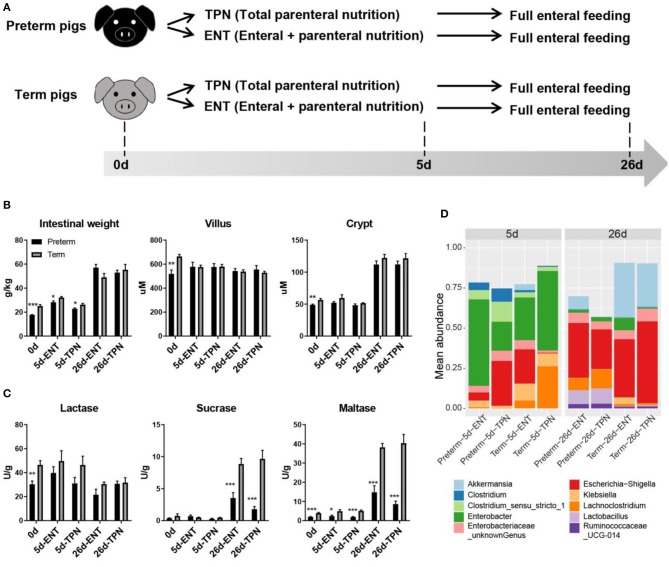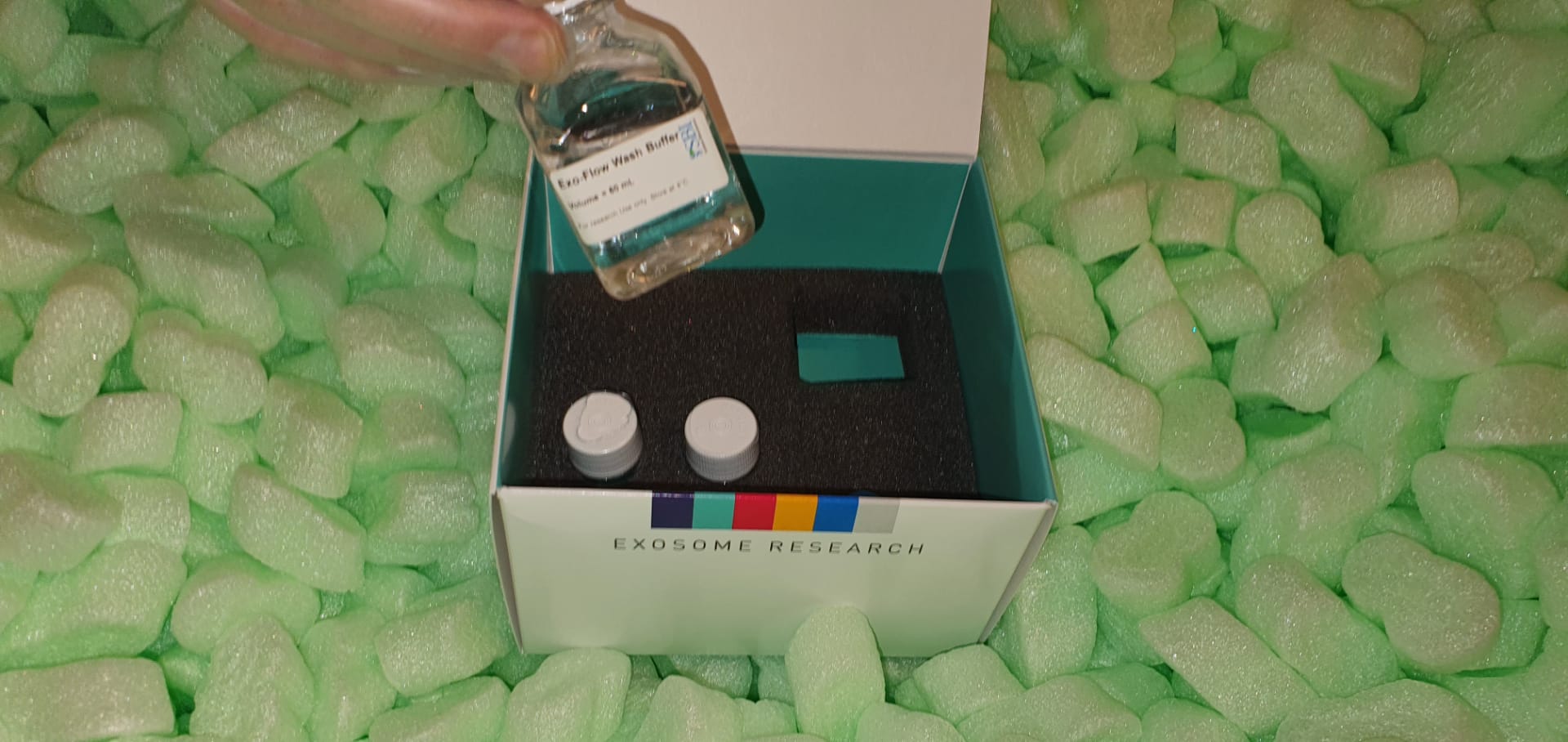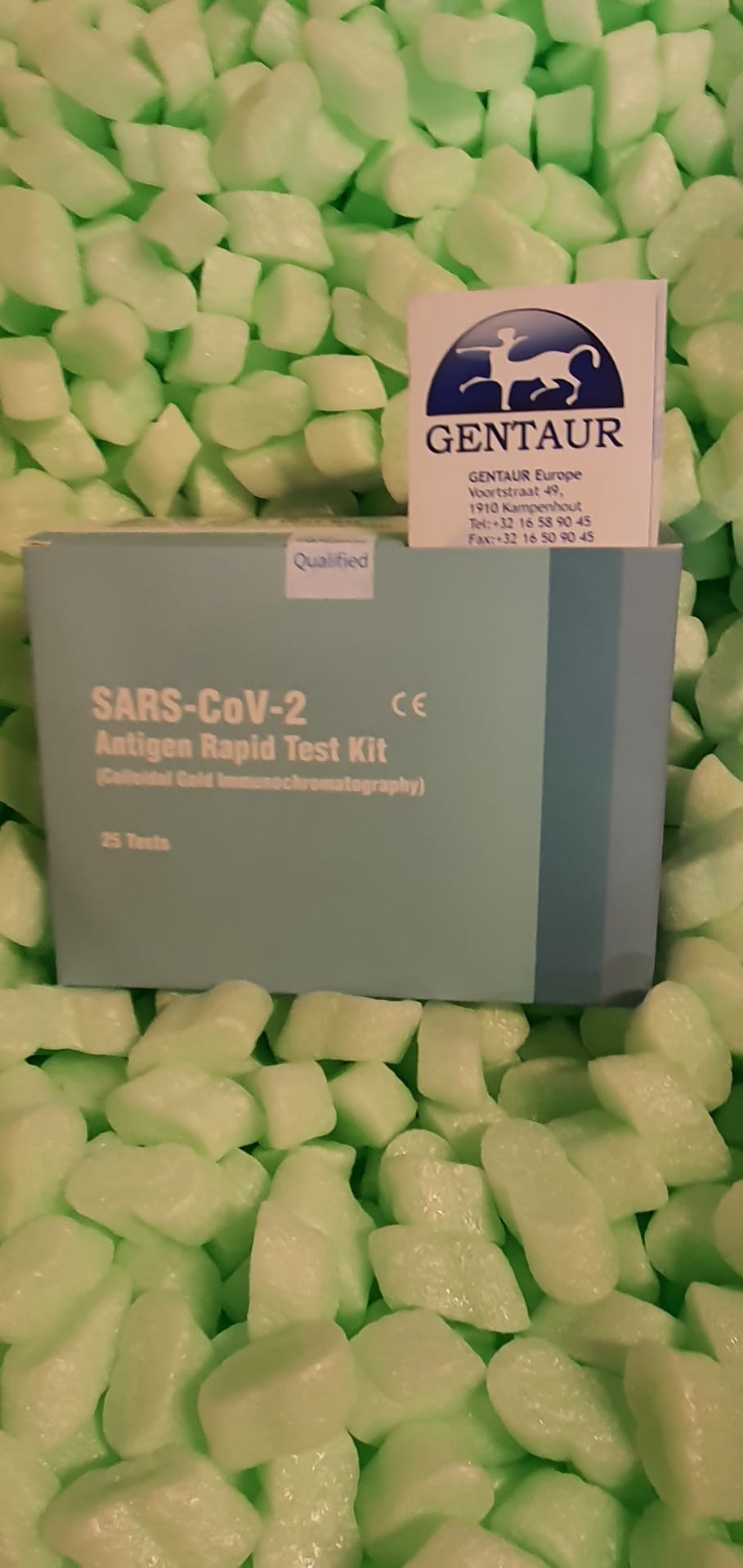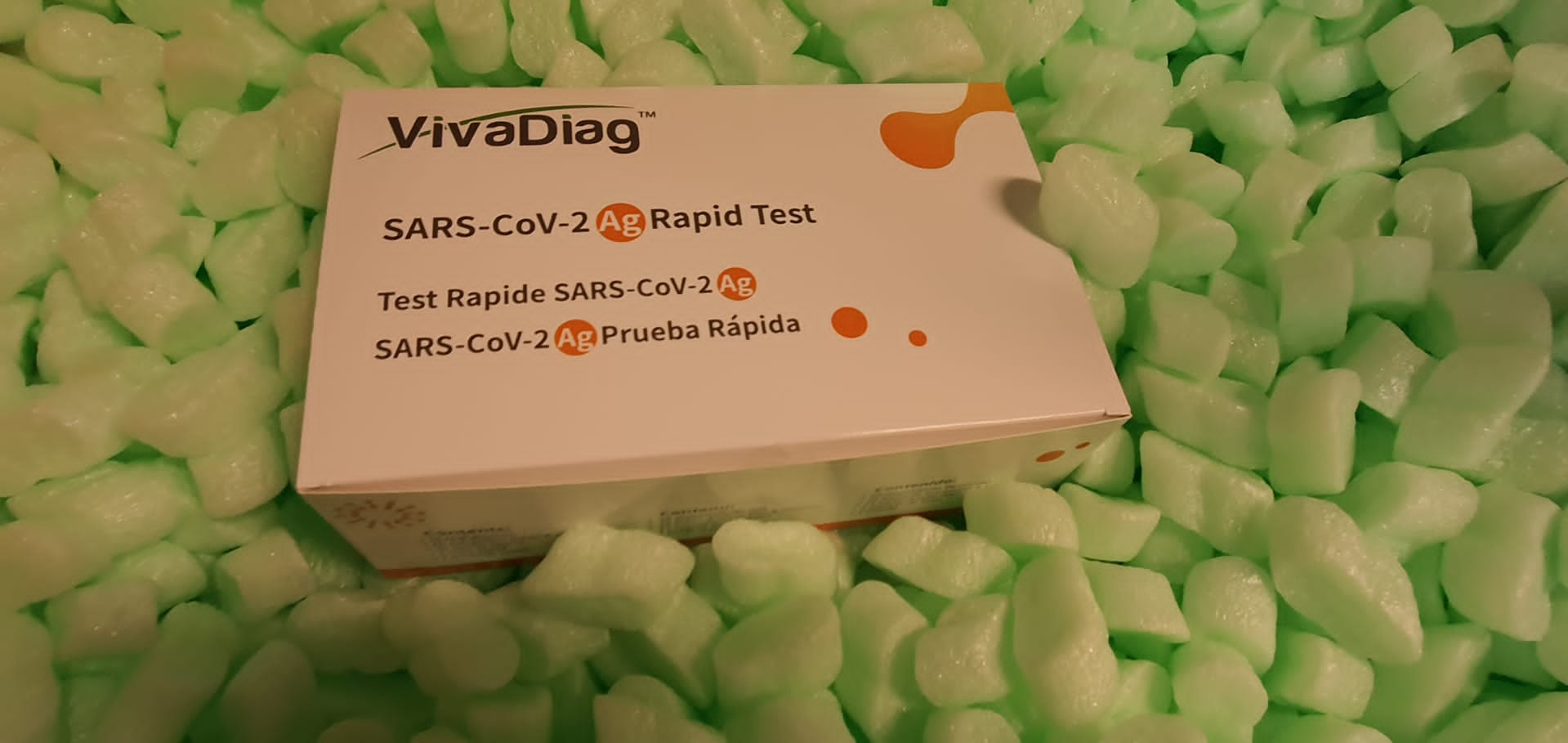Toll–likereceptors (TLRs) are expressed not solely in immune cells but additionally in a range of tumor cells. Single-nucleotide polymorphisms (SNPs) situated in the TLRs’ promoter or the three’ untranslated area might have an effect on gene expression by affecting the exercise of the promoter or regulating the binding of mRNA to miRNA.
This examine aimed to analyze the affiliation of the SNPs in TLR genes with the susceptibility to NSCLC. This case-control examine concerned 700 lung most cancers sufferers and 700 wholesome controls.
All people had been genotyped for all chosen SNPs in TLR genes utilizing polymerase chain response (PCR) test-based restriction fragment size polymorphism (PCR-RFLP) and TaqMan SNP genotyping assay.

The affiliation of genetic variations in TLRs with the susceptibility to NSCLC was evaluated by unconditional logistic regression with OR (95% CI). After evaluating transcriptional issue or miRNA binding functionality by bioinformatics strategies, six TLRs had been recognized for additional evaluation. We didn’t discover that TLR3 rs5743303, TLR4 rs1927914, TLR4 rs11536891, TLR5 rs1640816, and TLR7 rs3853839 had been related to NSCLC danger (P > 0.05).
Our knowledge confirmed that TLR4 rs7869402 C > T polymorphism diminished the chance of NSCLC with OR (95% CI) of 0.63 (0.45-0.89). When stratified by gender and age, the people carrying a minimum of one rs7869402T allele considerably decreased the NSCLC danger amongst males (OR = 0.58, 95% CI = 0.38-0.87) and amongst children (OR = 0.43, 95% CI = 0.27-0.69).
Smoking stratification evaluation confirmed that the rs7869402T allele-containing genotype diminished the chance of NSCLC with OR (95% CI) of 0.50 (0.29-0.87) amongst people who smoke however not amongst nonsmokers (P > 0.05).
When the people had been classed by the pathological sort, we discovered that the rs7869402T-containing genotype was related to the chance of adenocarcinoma (OR = 0.62, 95% CI = 0.41-0.92) however not with that of squamous cell carcinoma (OR = 0.71, 95% CI = 0.44-1.13) and different varieties (OR = 0.23, 95% CI = 0.03-1.70).
Compared with the TLR4 Ars1927914-Crs7869402-Trs11536891 haplotype, the Grs1927914-Trs7869402-Trs11536891 haplotype was related to a decreased danger for growing NSCLC with OR (95% CI) of 0.57 (0.41-0.80). These outcomes indicated that the TLR4 rs7869402 variation impacts the genetic susceptibility to NSCLC.
Hepatitis E Virus ORF2 Inhibits RIG-I Mediated Interferon Response
Understanding the dynamics of host innate immune responses towards a pathogen marks step one towards growing intervention methods towards the pathogen.
The cytosolic sample recognition receptor retinoic acid-inducible gene I (RIG-I) has been proven to be the main innate immune sensor for hepatitis E virus (HEV).
Here, we present that HEV capsid protein (ORF2), a 660 amino acid lengthy protein, interferes with the RIG-I signaling. Interestingly, solely the complete size ORF2 protein however not the 112-608 ORF2 protein inhibited RIG-I dependent interferon response.
Both artificial agonist and virus induced RIG-I activation was modulated by ORF2. Interference of interferon response was confirmed by reporter assays involving completely different interferon inducible promoters, qRT PCR, ELISA, and immunofluorescence microscopy. Neither glycosylation nor dimerization of the ORF2 protein had any impact on the noticed inhibition.
Further analyses revealed that the ORF2 protein antagonized Toll–likereceptor (TLR) pathways as nicely. ORF2 inhibited signaling by RIG-I and TLR adapters, IPS-1, MyD88, and TRIF however was unable to inhibit activation by ectopically expressed IRF3 suggesting that it might be performing at a website upstream of IRF3 and downstream of adapter proteins.
Our knowledge uncover a brand new mechanism by which HEV might intervene with the host antiviral signaling.
Endometriosis is a widespread multifactorial illness in which environmental, genetic, and epigenetic components contribute to the phenotype. Single Nucleotide Polymorphisms (SNPs) in genes implicated in pivotal molecular mechanisms have been investigated as inclined danger components in distinct populations.
Among these, Toll–likereceptor 4 (TLR4) represents a superb candidate as a result of its position in the immune/inflammatory response and endometriosis pathogenesis.
METHODS
The TRL4 gene T399I SNP (C/T transition, rs4986791) was investigated in 236 Italian endometriosis sufferers and 150 controls through the use of the PCR-RFLP methodology. One-tailed Fisher’s precise check was used to check variations between categorical variables.
T399I genotype distribution was evaluated for Hardy-Weinberg equilibrium in each teams utilizing the Chi-squared check for given possibilities.
RESULTS
Fisher’s precise check evaluating C and T allele frequencies confirmed a distinction in the frequency of T alleles between sufferers and controls (OR = 1.96, 95% confidence interval 0.91-4.23; p-value = 0.0552). Genotype frequencies didn’t present any important distinction between sufferers and controls.
The homozygous TT genotype was noticed in 2% of endometriosis ladies and never in controls.
CONCLUSIONS
Our outcomes present that the TLR4 rs4986791 T variant could also be thought-about a genetic danger issue for endometriosis in Italian ladies. More intensive research in different populations are wanted to substantiate this consequence.




